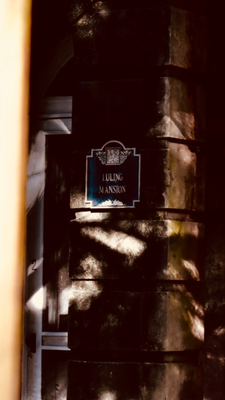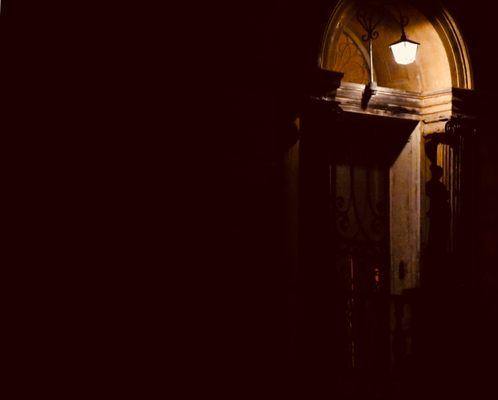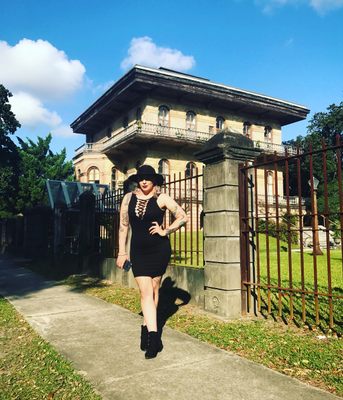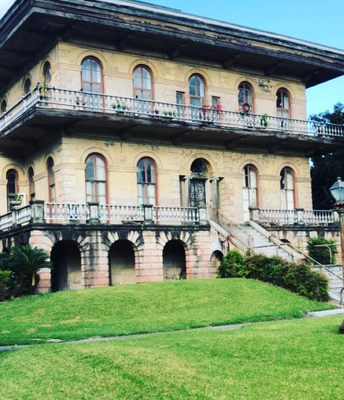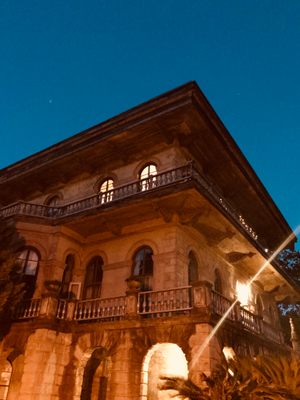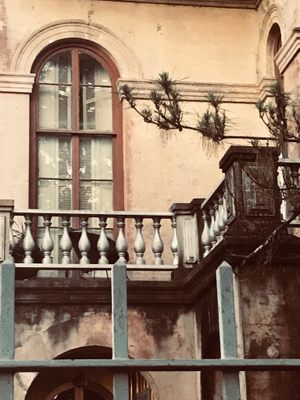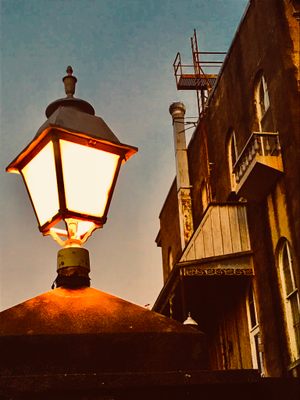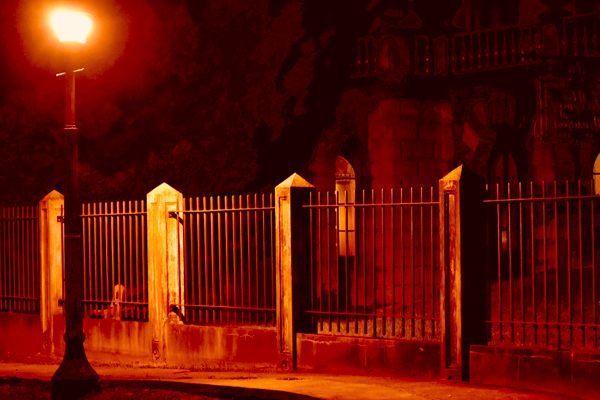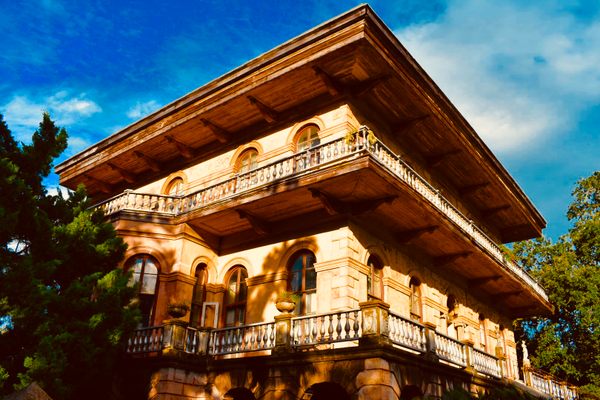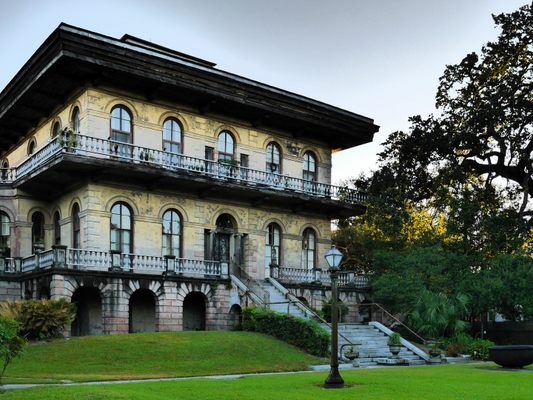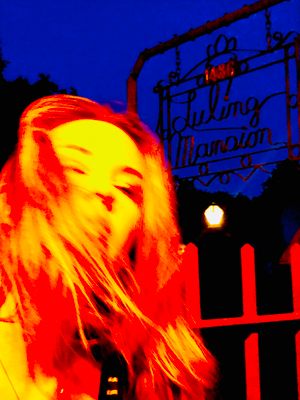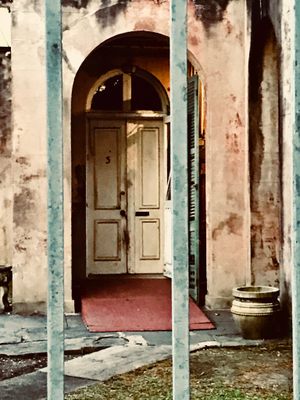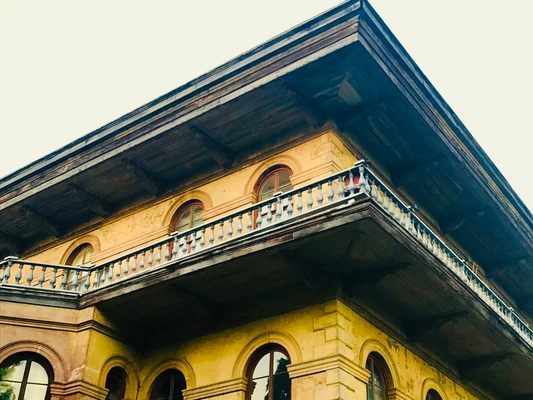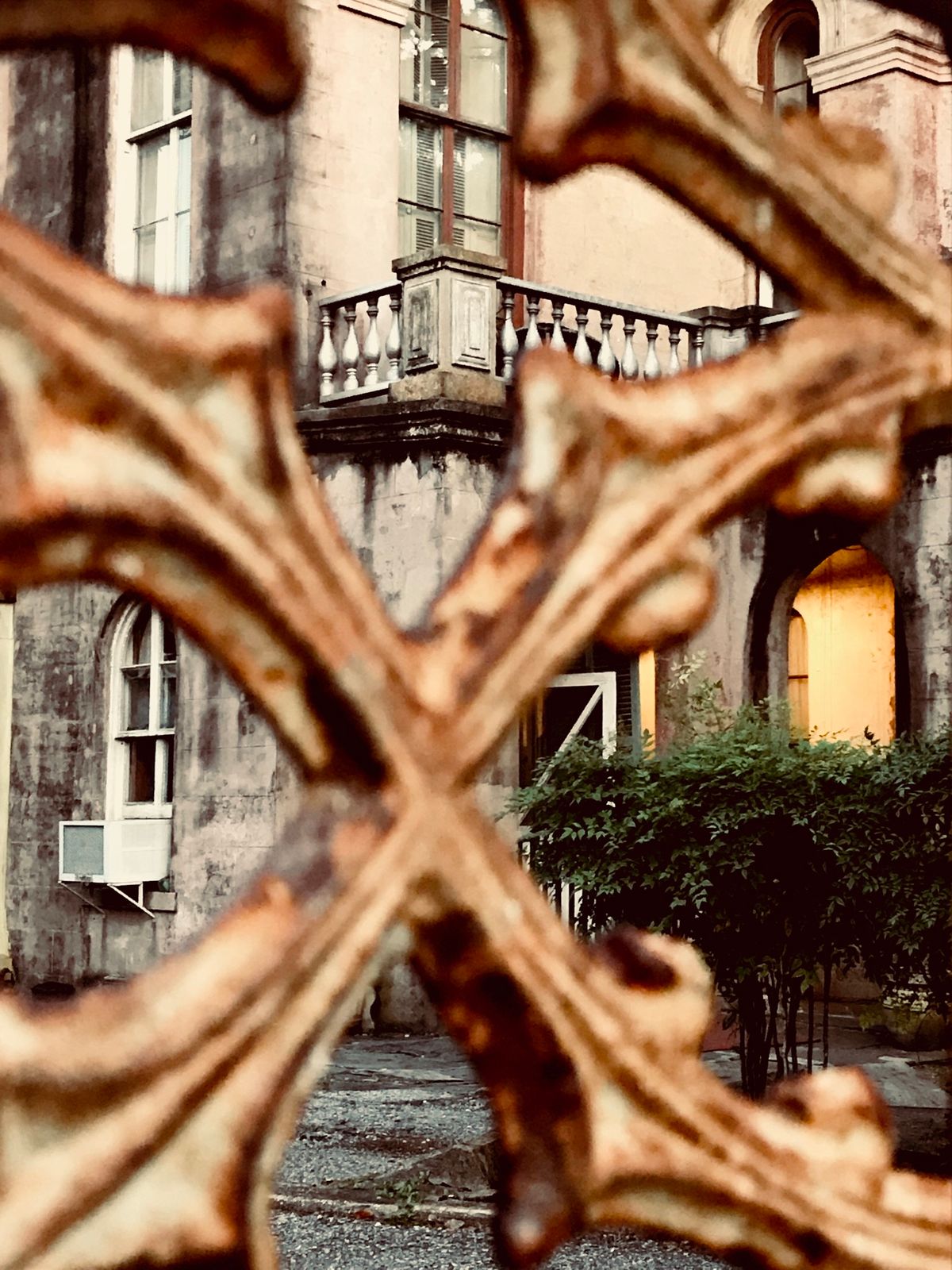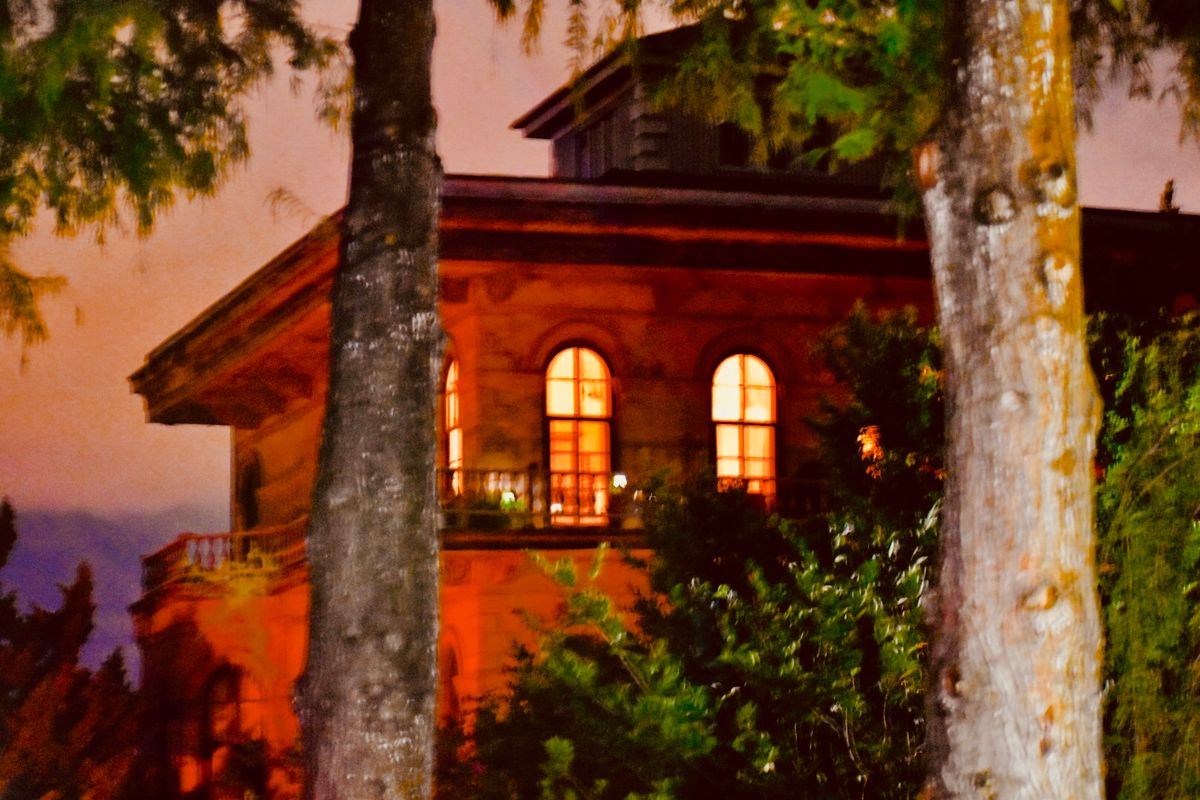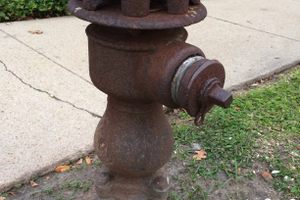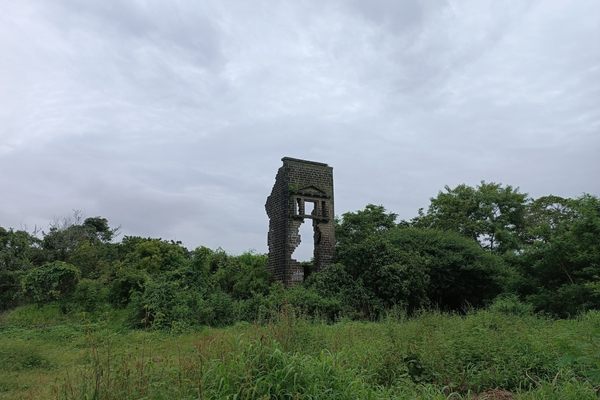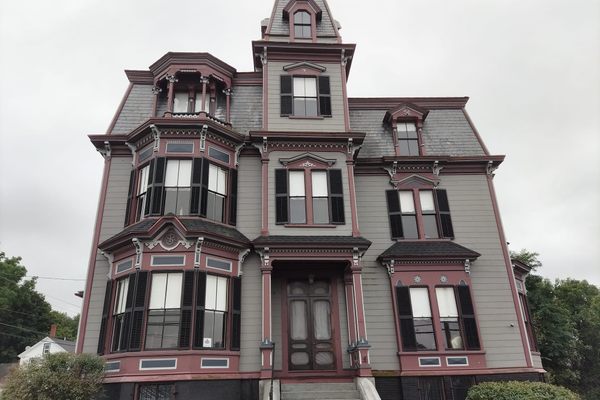About
Hidden away in the Esplanade Ridge neighborhood of New Orleans is a crumbling, neglected mansion. Once one of the grandest buildings in a city of grand buildings, the Luling Mansion was built for the wealthy German cotton merchant, Florence Luling in 1865.
It was designed in an opulent Italianate style by a member of New Orleans' most eminent family of architects, James Gallier Jr. Gallier's father had been responsible for New Orleans' ornate city hall, and Gallier Jr. had designed the Vieux Carre's Opera House. Taking two years to construct, the lavish Luling Mansion had 22 elegantly appointed rooms. The formal grounds included a lake with its own island, and sat on 30 acres overlooking the Bayou St. John.
But tragedy soon struck the palatial home when, not long after moving in, both of Luling's sons drowned in the Bayou. The Civil War devastated Luling's cotton business and he sailed for Europe, never to return to New Orleans. In 1866, Gallier also drowned when a paddle steamer he was sailing from New Orleans to New York sank in a hurricane. Two years later, Gallier Jr. then succumbed to a yellow fever epidemic that was devastating New Orleans.
Before Luling left for Europe, he sold his grandiose home to the Louisiana Jockey Club. The exclusive club had just purchased the neighbouring Creole racetrack and built a magnificent grandstand, opening as the Fairgrounds Racetrack in 1872. The Luling mansion became their HQ where they would host extravagant cocktail parties, banquets and masquerade balls in flamboyant New Orleans style.
The Jockey Club left the building in 1905, and it was turned into private apartments. The 30 acres of gardens were carved up into new streets and small family homes. Where once the Luling mansion held pride of place on Esplanade Avenue, it became surrounded and cut off by the new property development; today, unless you knew what you were looking for, you could pass the once magnificent home and not even know it was there. But secluded away in a system of small, anonymous one-way streets, the hard to find manse is still there, divided up into eight apartments, most of which lie empty.
A rusted iron fence decorated with serifed "L's" locks away what was once one of New Orleans' most lavish homes. The southern aristocracy of the Jockey Club no longer dance the night away on its balconies and cultured lawns, as the Luling Mansion, obscured from sight, falls gently into ruin.
Related Tags
Community Contributors
Added By
Edited By
Published
December 3, 2014











